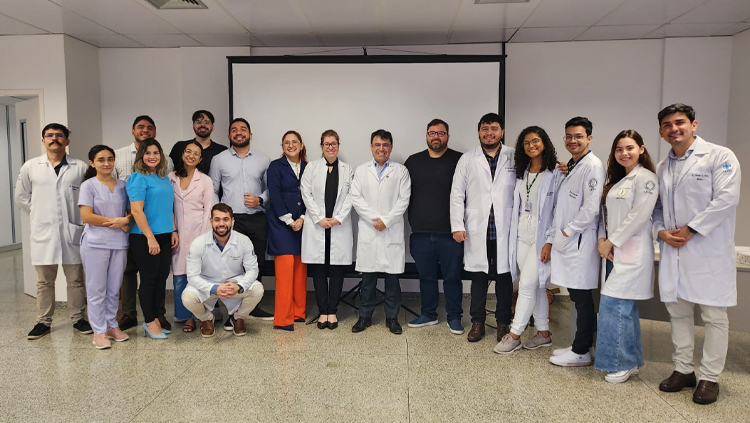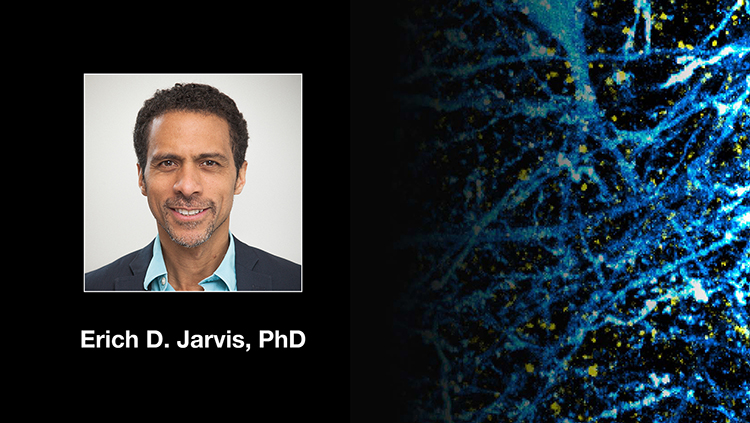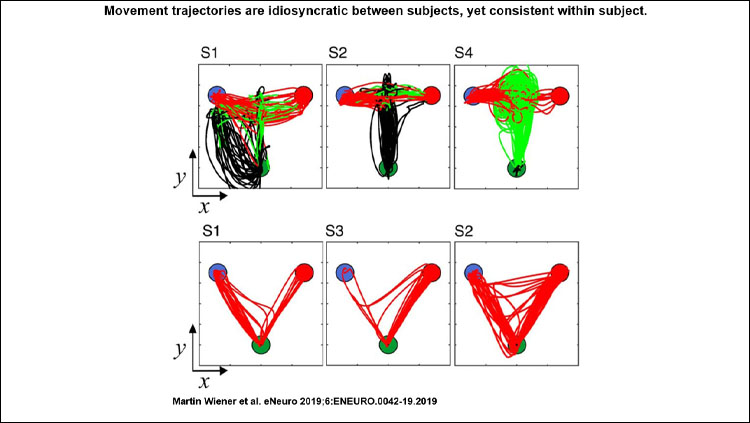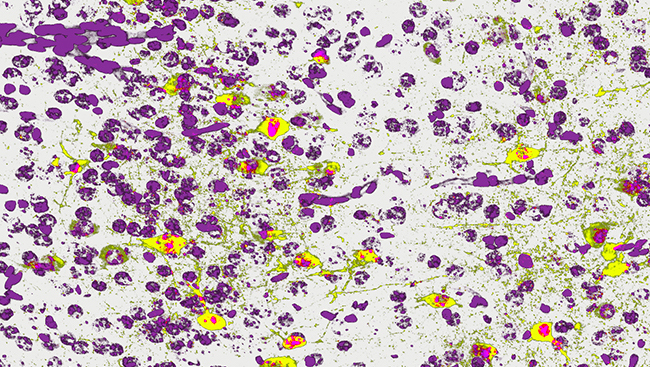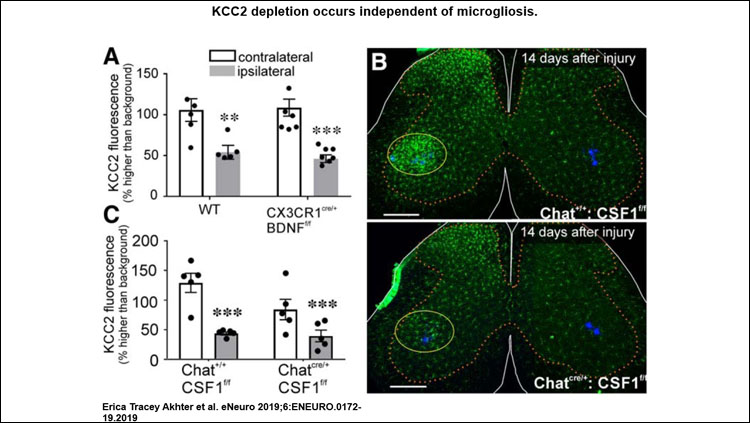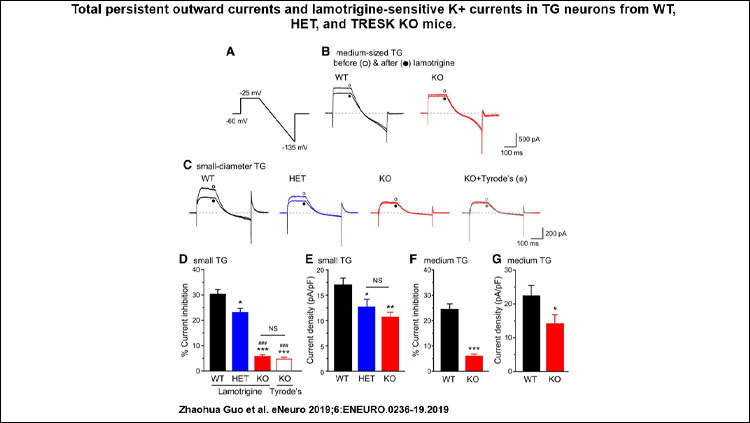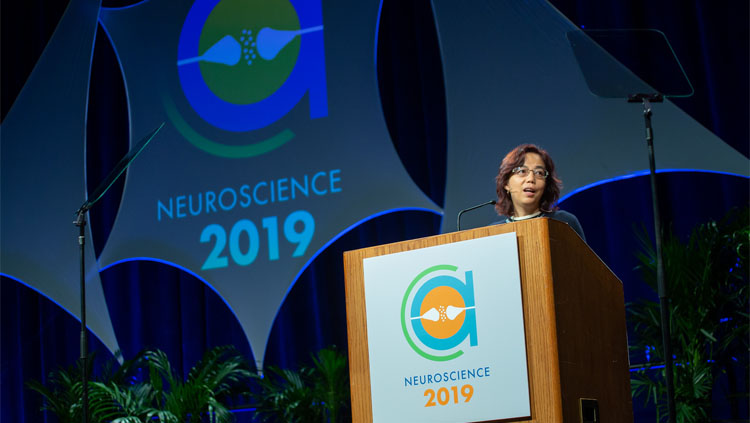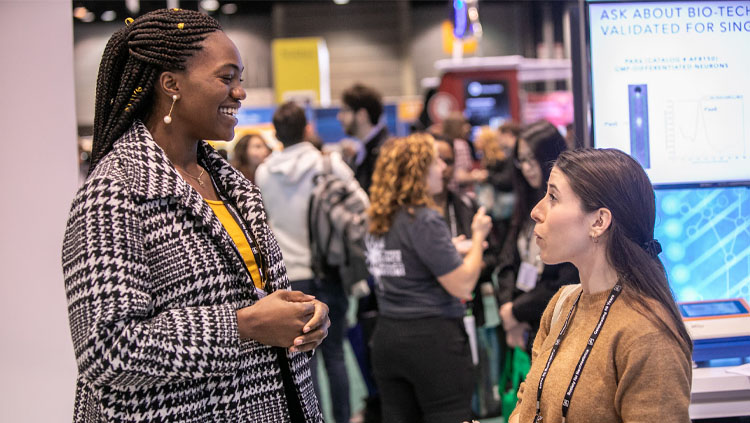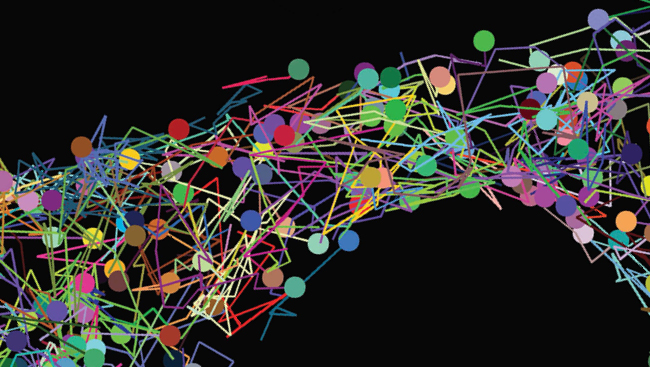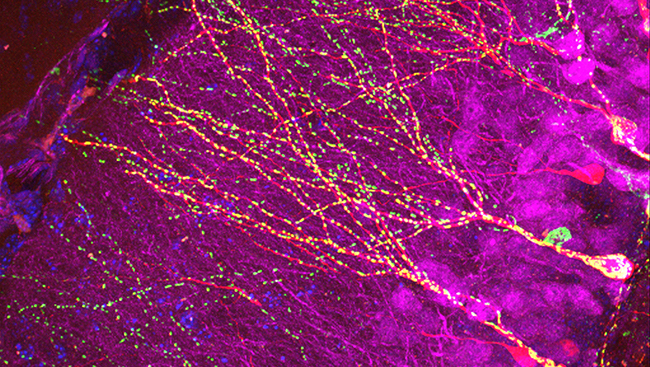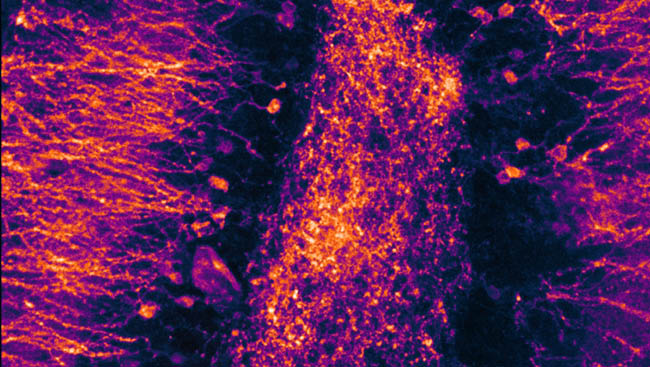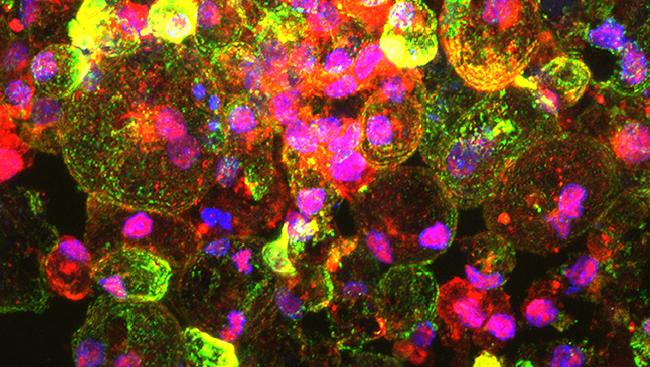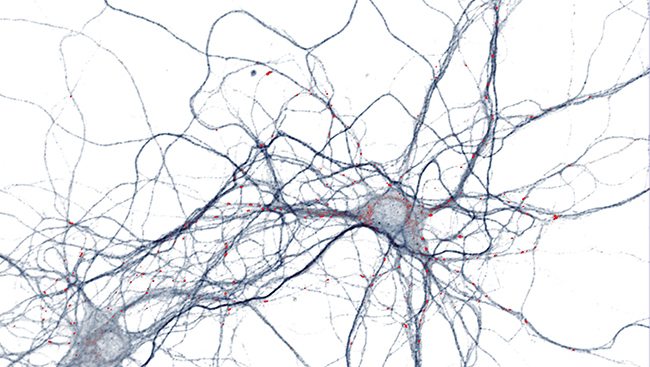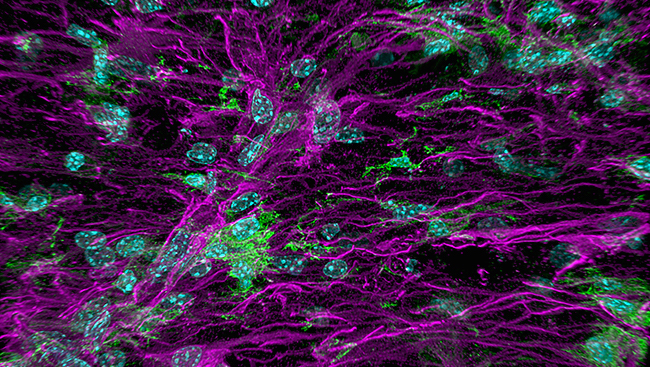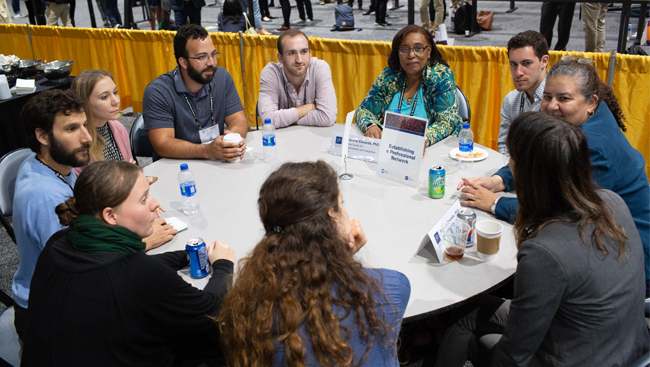Scientific Research
Stay apprised of findings from across the field with summaries of research published in SfN journals, and learn about rigor, responsible conduct of research, and other topics important to the scientific community.
July 17, 2024
1:00 PM - 2:00 PM EDT
Filter
Refine by
144 - 156 of 535
-
Dec 03, 2019
-
Mar 22, 2017
-
Nov 06, 2019
Neuronline's vast collection of professional development and training resources offers guidance for people at all career stages with diverse interests and responsibilities.

